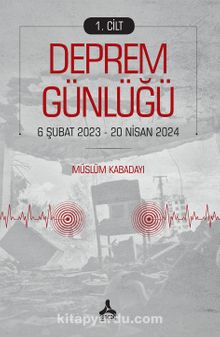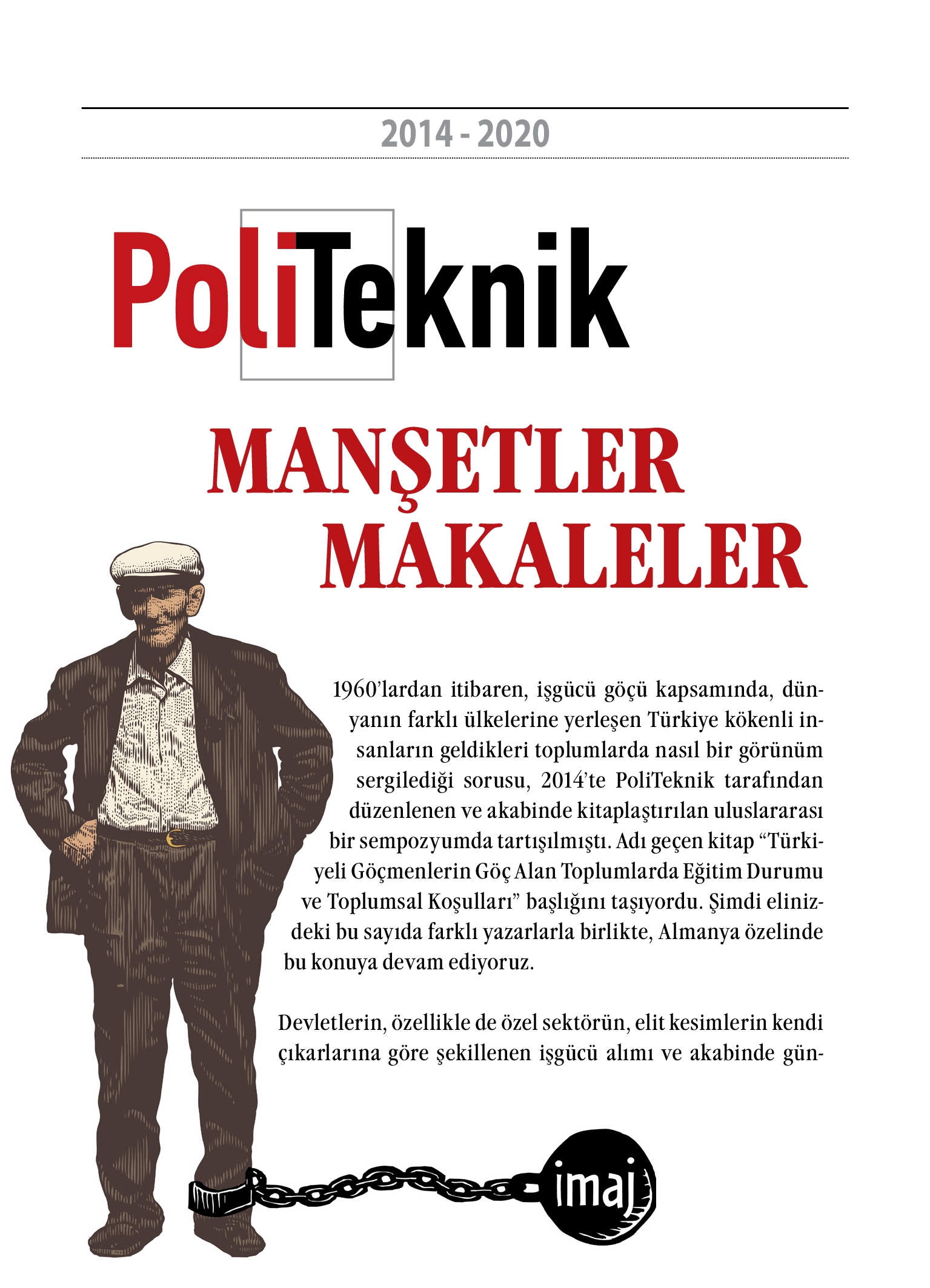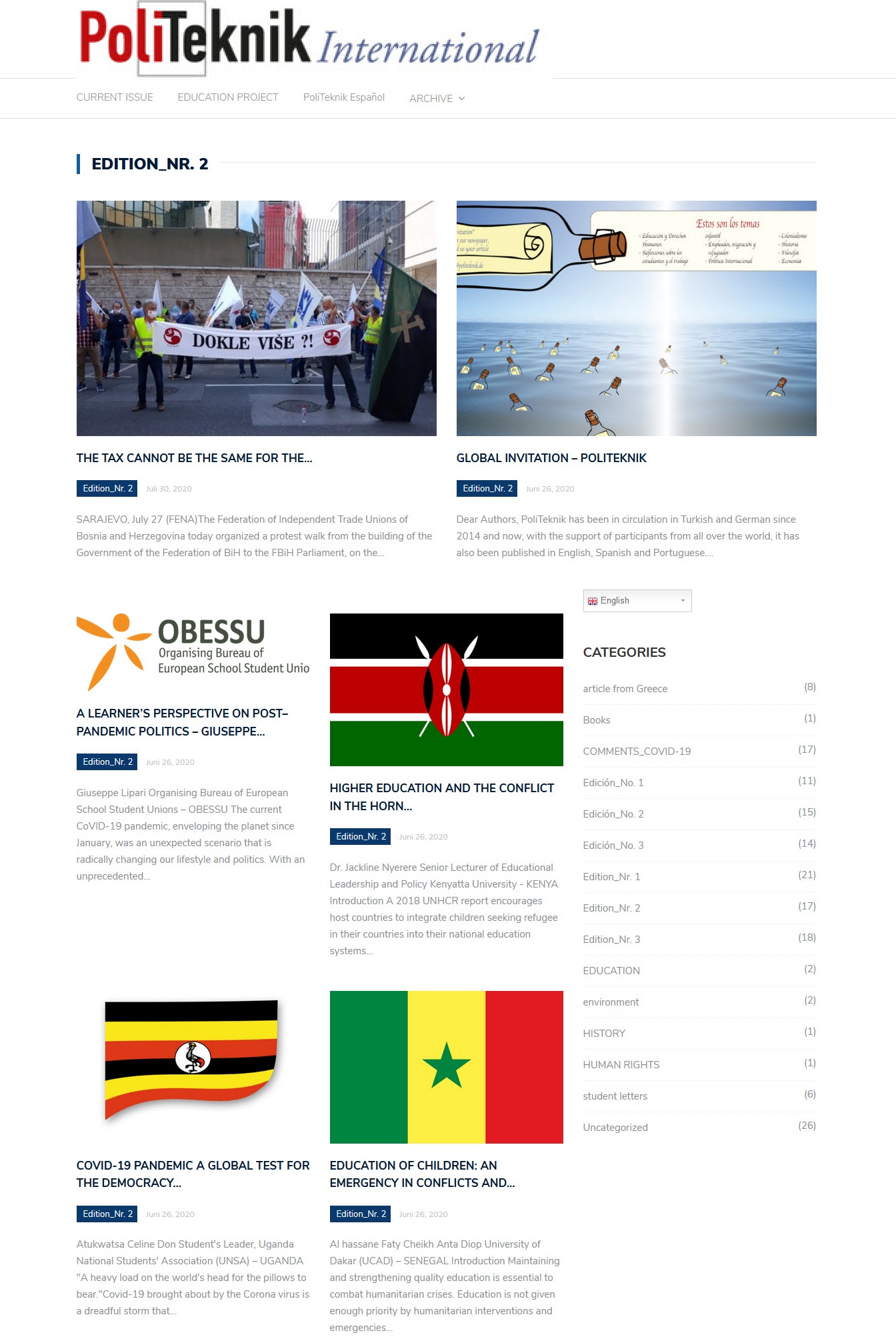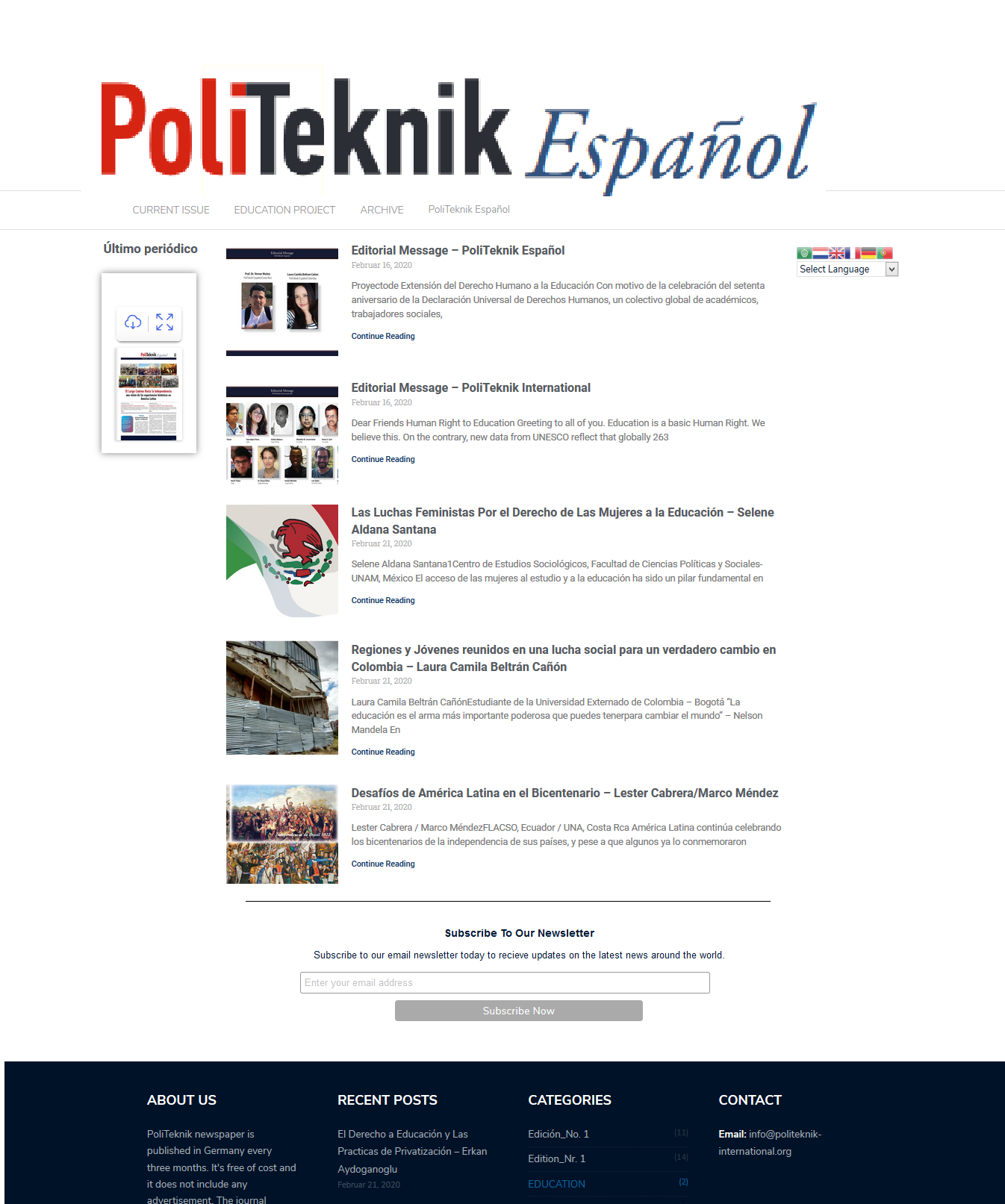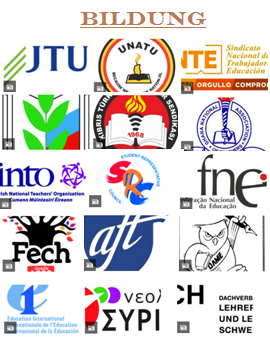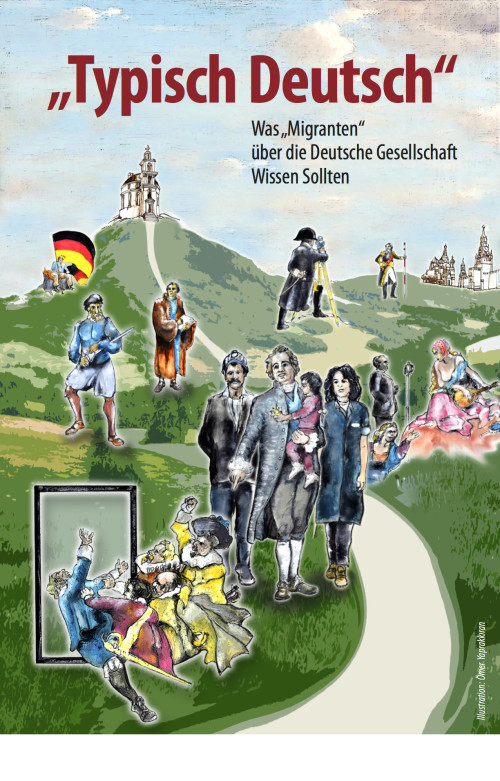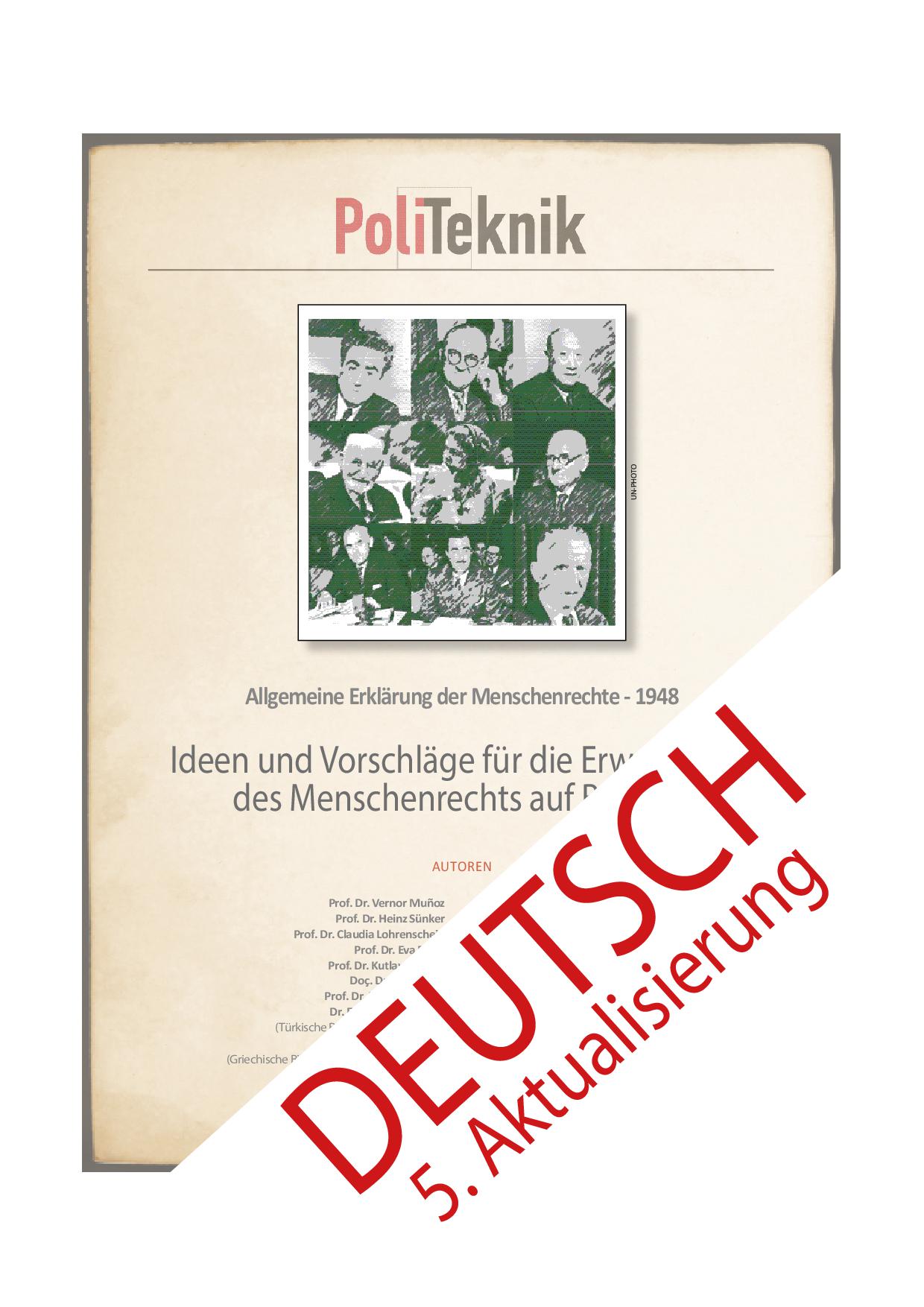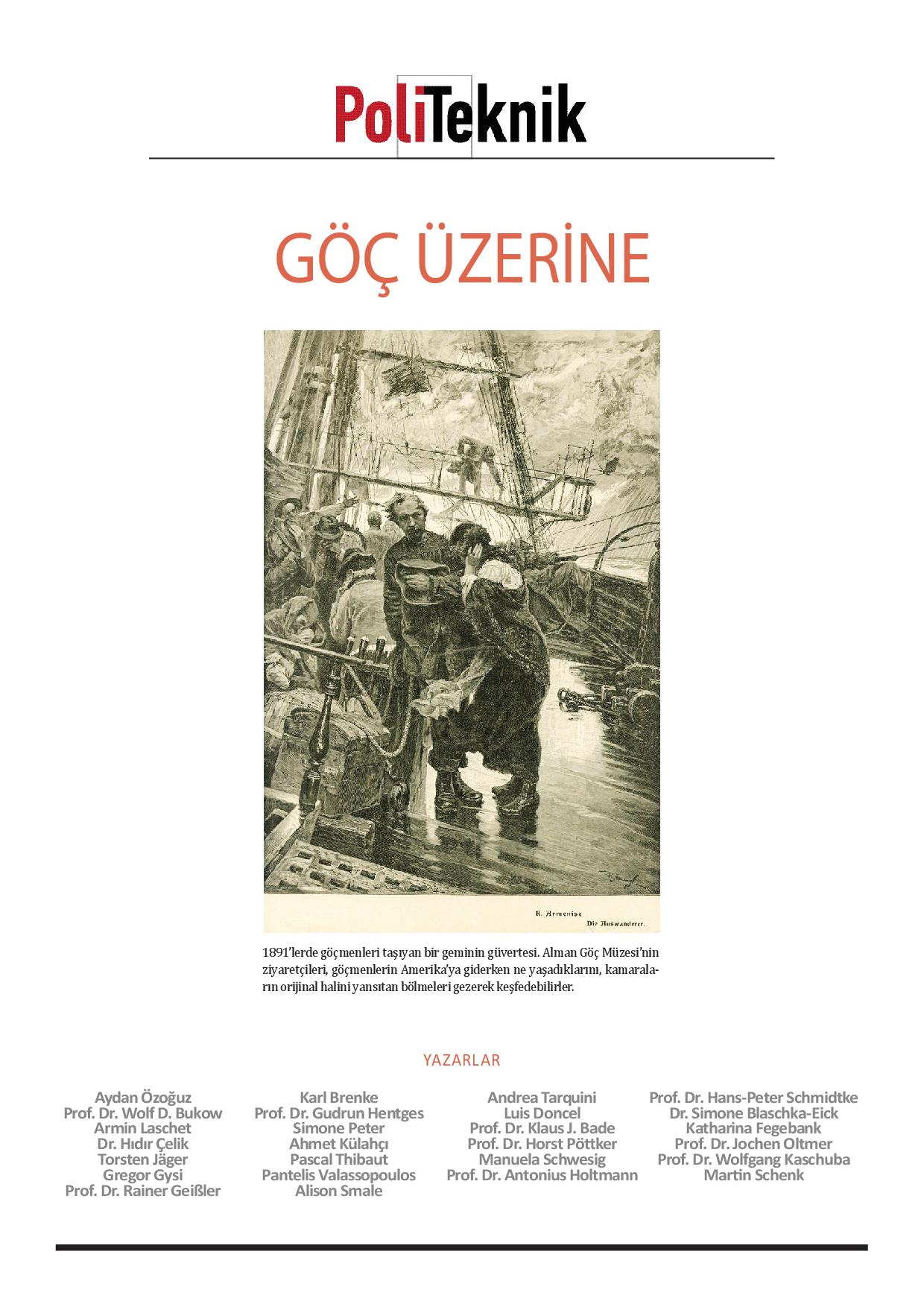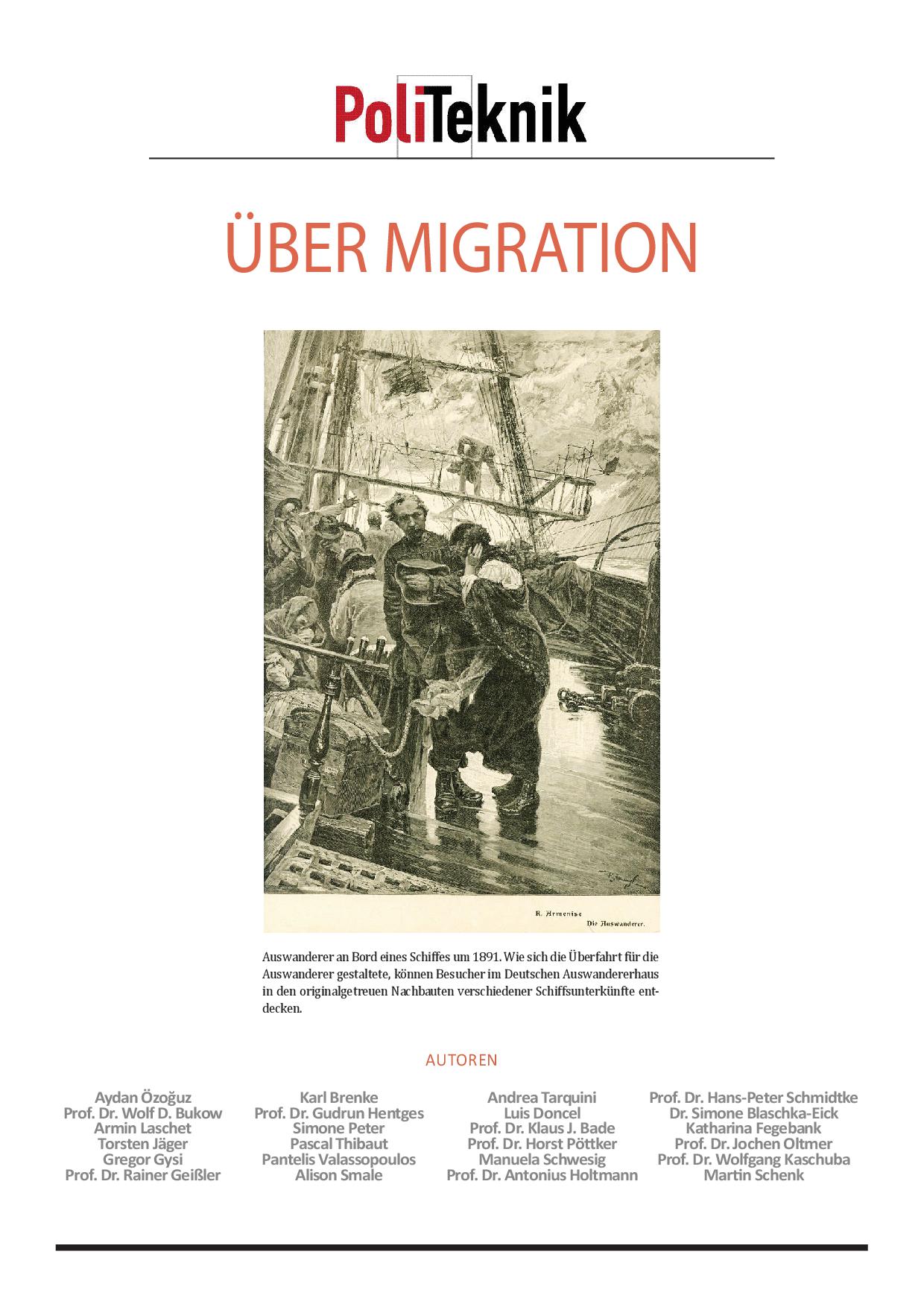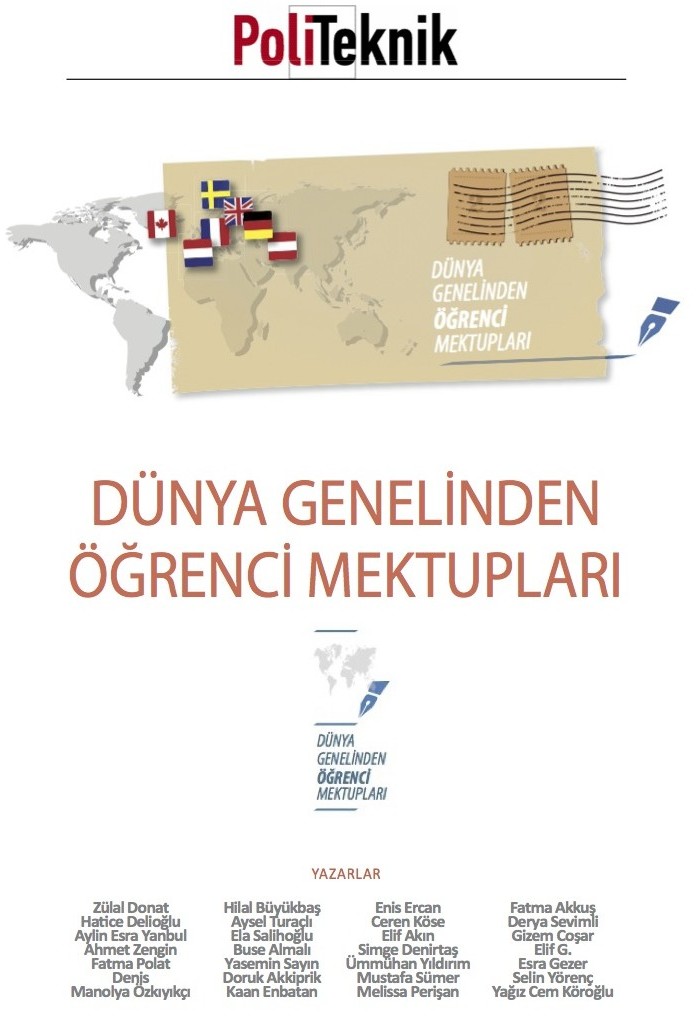-only Online-
Rama Kant Rai*
After the end of disastrous World War II the world community came out with a new commitment for human rights. On December 10, 1948 the General Assembly of the United Nations adopted and proclaimed the Universal Declaration of Human Rights. This commitment is called Universal Declaration of Human Rights (UDHR) having 30 sections. One of the most important commitments was article 26 which reads as “Education shall be directed to the full development of the human personality”.
While the commitment seemed to be comprehensive in its intrinsic form the development of the human beings, full personality, is important as a thematic thread running through the UDHR. Its significance in framing a holistic concept of human nature as essentially free, social, potentially educated, and entitled to participation in critical decision-making is bolstered by repetition at several points of the UDHR as under:
- Article 22 says everyone’s rights to social, economic and cultural rights are “indispensable” … for the “free development of his personality”.
- Article 26 posits a right to education, and states: “Education shall be directed to the full development of the human personality”.
- Article 29 repeats the holistic vision of human rights, saying: “Everyone has duties to the community in which alone the free and full development of his personality is possible”.
The “full development” goal was intended to capture the enabling qualities of the right to education, and of education about human rights to capacitate people to their potential faculties so as to ensure human dignity. This view follows from a close reading of the key phrase – “full development of the human personality” – which is immediately followed without so much as a comma by the phrase: “and to the strengthening of human rights and fundamental freedoms”. Using a standard approach to statutory construction, one might fairly conclude that the joining of the two elements was deliberate and meaningful, especially in view of Mrs. Roosevelt’s injunction to seek conciseness.
Article 26 says education should “further the activities of the United Nations for the maintenance of peace”. In its full text it reads as;
- Everyone has the right to education. Education shall be free, at least in the elementary and fundamental stages. Elementary education shall be compulsory. Technical and professional education shall be made generally available and higher education shall be equally accessible to all on the basis of merit.
- Education shall be directed to the full development of the human personality and to the strengthening of respect for human rights and fundamental freedoms. It shall promote understanding, tolerance and friendship among all nations, racial or religious groups, and shall further the activities of the United Nations for the maintenance of peace.
- Parents have a prior right to choose the kind of education that shall be given to their children.
However, almost 7 decades have passed after the UDHR declaration by UN and the world community has seen the significant progress of UDHR in dubious pace. In mot of the IIrd world countries the pace of universalization of education is still a dream. Let us see what happened adter UDHR declaration in the world;
- Education for all by 2000( Jomtien declaration: In 1990, at the World Conference on Education for All, in Jomtien, Thailand, 155 countries including India took a pledge to ensure education for all by the year 2000. The pledge promised:
Care for development and early education of children in the age-group 0-6 years.
- Spreading awareness about primary education for all.
- Motivating youngsters to learn more.
- Bringing down the illiteracy rate, with a special focus on female literacy.
- Life skills for youngsters.
- Education to improve overall quality of life.
II . Dakar Framework 2000( Education for All by 2015: In April 2000, 180 of a total of 193 countries came together for the World Education Forum in Dakar (Senegal). Participants acknowledged that a lot of people — people from the disadvantaged class, with low socio-economic status, and the underprivileged — were bereft of basic education. Amid discussions it was agreed that the right to education was a basic right. Thus the Dakar Framework was born. The six goals were as under;
- Expand and improve comprehensive early childhood care and education, especially for the most vulnerable and disadvantaged children.
- Ensure that by 2015 all children, particularly girls, children in difficult circumstances and those belonging to ethnic minorities, have access to free and compulsory primary education of good quality.
- Ensure that the learning needs of all young people and adults are met through equitable access to appropriate learning and life-skills programmes.
- Achieve a 50% improvement in levels of adult literacy by 2015, especially for women, and equitable access to basic and continuing education for all adults.
- Eliminate gender disparities in primary and secondary education by 2005, and achieve gender equality in education by 2015, with a focus on ensuring girls full and equal access to basic education of good quality.
- Improve all aspects of quality of education and ensure excellence of all so that recognized and measurable learning outcomes are achieved by all, especially in literacy, numeracy and essential life skills.
However the UNESCO Global Monitoring Report GMR) of EFA reveals that;
- Only one third countries have achieved all the measurable goals of EFA.
- Half of the countries could complete universal primary enrolment.
- One third of countries did not reach gender parity in primary education;
- Half of countries did not in secondary education
- 121 million children and adolescents were still out of school in 2012
Thus the EFA goal remained unfinished in most of the developing countries by 2015 as committed by the world community.
- SDG-4 Education 2030 and “ensuring inclusive and equitable quality education and lifelong learning opportunities for all” by 2030: During the year 2015 the UN member states signed Sustainable Development Goals in its General Assembly. World community has also signed in “Incheon Declaration” called “Education 2030”. Having fully endorsed and embraced the vision, principles and targets of Education 2030. This is a more ambitious goal than ‘Education for All’ (EFA) goal which remained unfinished in most of the countries including India.
SDG and Education 2030 agenda;
As mentioned above SDG goal 4 is for education and is further expressed in 7 targets and 3 means of implementation as under:
Goal 4: “Ensure inclusive and equitable quality education and promote lifelong learning opportunities for all”
4.1 By 2030, ensure that all girls and boys complete free, equitable and quality primary and secondary education leading to relevant and effective learning outcomes .
4.2 By 2030, ensure that all girls and boys have access to quality early childhood development, care and pre primary education so that they are ready for primary education
4.3 By 2030, ensure equal access for all women and men to affordable and quality technical, vocational and tertiary education, including university.
4.4 By 2030, substantially increase the number of youth and adults who have relevant skills, including technical and vocational skills, for employment, decent jobs and entrepreneurship.
4.5 By 2030, eliminate gender disparities in education and ensure equal access to all levels of education and vocational training for the vulnerable, including persons with disabilities, indigenous peoples and children in vulnerable situations.
4.6 By 2030, ensure that all youth and a substantial proportion of adults, both men and women, achieve literacy and numeracy .
4.7 By 2030, ensure that all learners acquire the knowledge and skills needed to promote sustainable development, including, among others, through education for sustainable development and sustainable lifestyles, human rights, gender equality, promotion of a culture of peace and non-violence, global citizenship and appreciation of cultural diversity and of culture’s contribution to sustainable development .
Means of implementation:
4.a Build and upgrade education facilities that are child, disability and gender sensitive and provide safe, non-violent, inclusive and effective learning environments for all.
4.b By 2020, substantially expand globally the number of scholarships available to developing countries, in particular least developed countries, small island developing States and African countries, for enrolment in higher education, including vocational training and information and communications technology, technical, engineering and scientific programmes, in developed countries and other developing countries .
4.c By 2030, substantially increase the supply of qualified teachers, including through international cooperation for teacher training in developing countries, especially least developed countries and small island developing States.
Some challenges and concerns:
- In third world countries the governments are not investing enough for education. The trend in education financing is not inclusive for SDG agenda.
- Rising trend of education privatization. Mushrooming privatization in education marginalized the poor from right to education. All these impact on the poor and marginalized; widen inequality even further; and weaken the public education system
- Unfinished Business of EFA and the MDG has not been adequately addressed and reviewed for filling the gaps.
- The UDHR and other international covenants like ILO article 182 and 138 are still not binding on member countries in practical terms.
- The agencies like world bank and International business bodies are keeping an eye on promoting low fee private schools to earn money from the unfinished goals of earlier commitments of EFA.
- Rich countries are not on course either: Even at the fastest rate of progress ever seen in the region, 1 in 10 countries in Europe and Northern America would still not achieve universal upper secondary completion by 2030.
- Universalizing upper secondary completion for women in sub-Saharan Africa by 2030 would result in 300,000 to 350,000 fewer child deaths per year in 2050.
- In low income countries, universalizing upper secondary completion by 2030 would increase per capita income by 75% by 2050 and bring poverty elimination forward by 10 years.
- Universal upper secondary completion by 2030 would prevent up to 50,000 disasterrelated deaths per decade by 2040-2050.
Conclusion: The latest Global Education Monitoring Report 2017 (GEMR) lays theme on 2017report “Accountability in education” Meeting our commitment: Creating Sustainable Futures for All explores the complex relationship between education and the new 2030 Agenda for Sustainable Development, covering six fundamental pillars – Planet, Prosperity, People, Peace, Place and Partnerships. current trends, universal primary completion will be achieved in 2042, universal lower secondary completion in 2059 and universal upper secondary completion in 2084.
Despite strong progress in education, there are significant challenges to achieving the global education goal, SDG 4: Children cannot read after several years of school in sub-Saharan Africa; examination pressure is having an impact on gender gaps in China; the excess focus in education on employability is being questioned in Germany; decentralization is posing challenges for underfunded rural schools in Pakistan; low-quality private universities are proliferating in Paraguay; refugee children have severely constrained education chances, especially those fleeing war in the Syrian Arab Republic.
Faced with education challenges, the public wants to know who is responsible and policy-makers look for urgent solutions. Increased accountability often tops the list. When systems fail, people call for someone to be held responsible and for mechanisms to be in place that ensure corrective action.
Firstly, the urgent need for new approaches. On current trends only 70% of children in low income countries will complete primary school in 2030, a goal that should have been achieved in 2015. We need the political will, the policies, the innovation and the resources to buck this trend.
Secondly, if we are serious about SDG4, we must act with a sense of heightened urgency, and with longterm commitment. Failure to do so will not only adversely affect education but will hamper progress towards each and every development goal: poverty reduction, hunger eradication, improved health, gender equality and women’s empowerment, sustainable production and consumption, resilient cities, and more equal and inclusive societies.
Lastly, we must fundamentally change the way we think about education and its role in human wellbeing and global development. Now, more than ever, education has a responsibility to foster the right type of skills, attitudes and behavior that will lead to sustainable and inclusive growth.
The 2030 Agenda for Sustainable Development calls on us to develop holistic and integrated responses to the many social, economic and environmental challenges we face. This means reaching out beyond traditional boundaries and creating effective, cross-sectoral partnerships.
In conclusion we can see that the UDHR article 26 as committed by world community long back is still a distant dream for learners of developing world. Second the state is not fulfilling its role in universalization of education rather its opening the doors for private sector to commercialize education. Thus it makes marginalized community in more in disadvantaged position. The UN bodies and international community is not playing proactive role in making education a fundamental justiciable right. Hence it is a right time to debate the relevance and effectivity of article 26 of UHDR and make new commitment which binds the state parties in implementing the promises of international covenants to make education a reality for all.
Rama Kant Rai can be approached at National Coalition for Education (NCE) India <ramakant @nceindia.org> +91 7011255324



